Vietnamese currency is known as the Dong or by its currency code, VND. Coins are no longer in use; only paper and polymerized notes are available, making them convenient to carry. However, Vietnamese banknotes feature many zeros, which can be confusing for first-time visitors. The smallest bills commonly in circulation are 1,000 VND, 2,000 VND, and 5,000 VND, while the largest is 500,000 VND.
DENOMINATIONS IN CIRCULATION
The following are the Vietnamese Dong denominations currently in circulation (images are specimens for reference only). The 200 VND note is excluded, as it is rarely used.
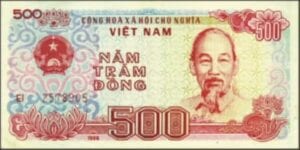
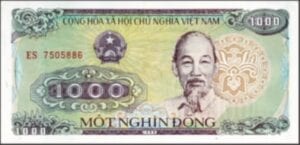
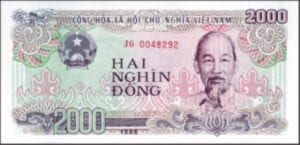
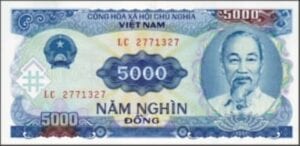

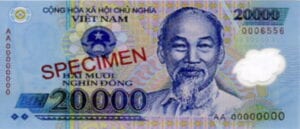
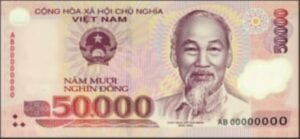
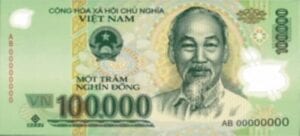
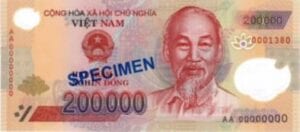
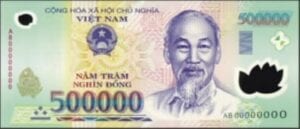
NOTES
- Be mindful of denominations with similar appearances, such as 10,000 VND vs. 200,000 VND and 20,000 VND vs. 500,000 VND.
- The 500,000 VND note is the largest denomination and is worth approximately $25 USD (based on the 2024 exchange rate).
- Always double-check your change and avoid carrying large amounts of cash.
- Credit and debit cards are widely accepted at restaurants, hotels, and other public establishments, though not typically at street food stalls. ATMs are easily accessible in most areas.
- The most common currency exchange for travelers in Vietnam is from USD to VND. While jewelry shops are rumored to offer the best rates, exchanging currency there is now considered illegal. For a reliable and legal option, exchange money at airports, local banks, or ATMs.


